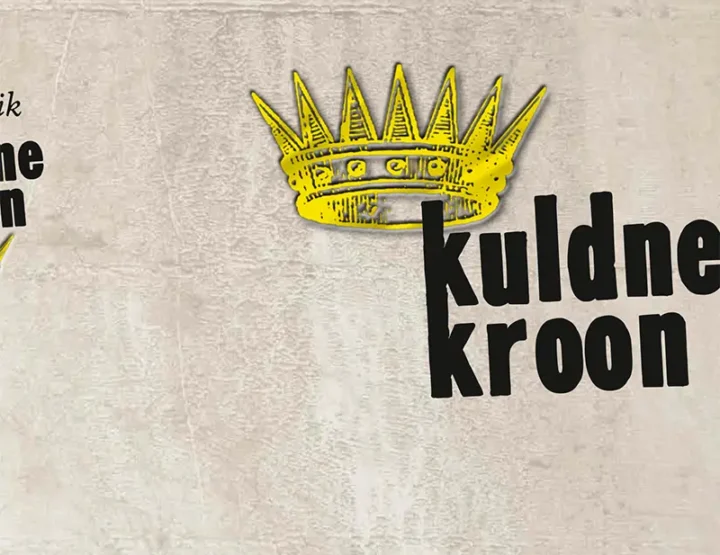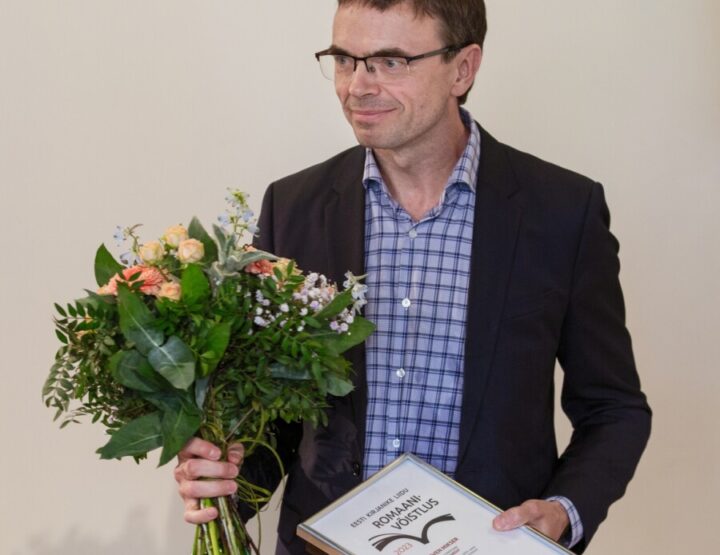Postimees Kirjastus 2019, 272 pp
ISBN 9789949669653
Eia Uus’s new novel, What It Feels Like for a Girl, could be catalogued in the “leisure literature” section, on account of (most of all) its swift pace of storytelling. The novel doesn’t tell you how you should live or change the world, but that storytelling is what we as humans have done since the very beginning. No doubt the world will adjust accordingly.

Even so, Uus has carefully framed her depiction of life’s unstoppable progress, selecting what to show the reader and what not. What It Feels Like for a Girl contains a fair dose of social critique in addition to its casual, straightforward style. It is a relatively candid snapshot of life that addresses the everyday harassment of women of all ages, bodily awareness, and power-based sexual relationships, as well as the heightened social requirements placed on women, and the marginalization of these topics – mainly by men. It is life at its most genuine, regardless of whether it is noticed; much less acknowledged. At the same time, Uus applies no censor – the novel isn’t explicit about the topics, but instead gives the reader the choice of whether to be human and notice, or keep their eyes and mouth shut.
The tragic nature of the issues the author handles does not conflict with the lightness of an easy read. Uus does not aestheticize normality; does not credit it with more importance than it should have. Yet, neither does she reveal the brutality of mundane life – she creates something much finer. Specifically, Uus highlights how accustomed people are to violence against women – the way it subtly affects girls who have not yet realized their identities and is even, publicly and with total societal participation, inflicted upon well-known politicians who are well aware of their image. Whereas the former are just learning to see their inequal position in Estonia’s quite masculine society, the latter are unfortunately already used to the situation and, in spite of it all, still able to garner support for themselves and their policies. It is a society in which brutality itself has transformed into something utterly ordinary and commonplace. In fact, the “leisureliness” of What It Feels Like for a Girl seems to emphasize the obscenity of such violence. The dynamics between the novel’s characters is observed mainly through superficial descriptions – even the contradictions and doubts hovering in the protagonist’s mind are introduced more through plot points than inner monologue. Although the details of her inner workings remain quite vague, she faces many ethical dilemmas and existential questions tied together by childhood traumas, the process of adjusting to social norms, and the clearly more liberal attitudes of the younger generation. At least two key arguments in What It Feels Like for a Girl point to the incompatibility of the conventions of different eras: firstly, that a conflict – even the most personal – is always social and derived from the present; and secondly, that what was once learned must be forgotten. Although What It Feels Like for a Girl is relatively hopeful in terms of the future, the author appears to acknowledge that a good future depends on people’s consistent personal everyday choices – on how well one can forget what they’ve previously internalized.
Taavi Hallimäe is a critic and a lecturer of cultural theory at the Estonian Academy of Arts. He has done comparative research on the works of Nikolai Gogol and Jüri Ehlvest.





